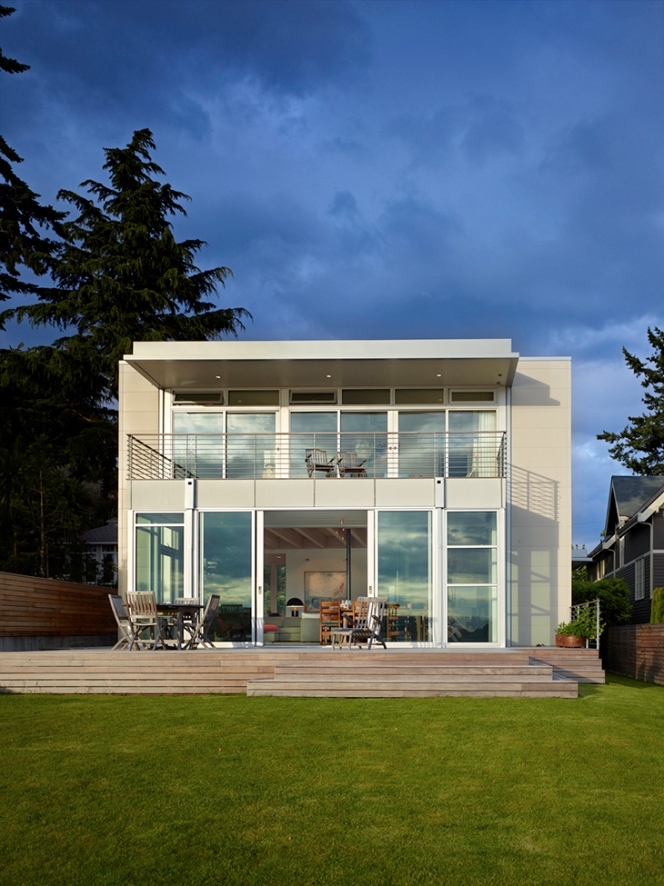Your Cart is Empty
Customer Testimonials
-
"Great customer service. The folks at Novedge were super helpful in navigating a somewhat complicated order including software upgrades and serial numbers in various stages of inactivity. They were friendly and helpful throughout the process.."
Ruben Ruckmark
"Quick & very helpful. We have been using Novedge for years and are very happy with their quick service when we need to make a purchase and excellent support resolving any issues."
Will Woodson
"Scott is the best. He reminds me about subscriptions dates, guides me in the correct direction for updates. He always responds promptly to me. He is literally the reason I continue to work with Novedge and will do so in the future."
Edward Mchugh
"Calvin Lok is “the man”. After my purchase of Sketchup 2021, he called me and provided step-by-step instructions to ease me through difficulties I was having with the setup of my new software."
Mike Borzage
The Edge: Lane Williams, Founder of Coop 15 Architecture
November 19, 2013 4 min read
Lane Williams, founder of Coop 15,"has designed over 100 houses and received 20 awards for home design." In our interview he talks about his beginnings as an architect, his work, and why architects should learn how to draw.

Novedge: Tell us a bit about who you are and what you do
Lane Williams: I come from a family of teachers. My father was an art teacher and amateur builder, my mother taught English. My sisters and daughter are teachers. My mother encouraged me to become an avid reader and a capable writer: my first degree was in English, with a communications minor. My father taught me perspective drawing and drafting when I was in grade school, and basic carpentry skills. I helped him to build the home he designed. He pushed hard for me to go into architecture, so after a false start in the world of newspapers (trying to employ my writing skills), I applied to architecture school at the University of Washington. It was a much better fit.

Novedge: How did you become interested in architecture and, in particular, single family residencies?
Lane Williams: I was drawing houses—and cars—when I was a kid. If I had known anything about industrial design, I could have easily gone in that direction. In architecture school, we designed various types of buildings, and in my early professional experience, I worked on schools, office buildings, banks, and houses. Houses were the fun projects. When a school district needs a new school, or a bank needs a new office, they have no choice but to hire an architect; design quality won’t necessarily be a high priority. Homeowners who choose to build a custom home typically do so out of a desire to build something special, and are often very passionate about design quality, which makes them much better clients—though sometimes very challenging clients.
Novedge: Architecture is often thought of as a solo profession, when in fact, it's team work. How do you work with your team?
Lane Williams: My team is small. My projects are not large, and I could work alone, by focusing on fewer projects. But I like the collaboration with my staff members, as well as with clients and builders, and I have never worked alone. My job is to lead the project by providing the design vision: there are a great many details to be filled in within the framework I provide. One of the architects in my office takes on the role of Project Manager, and produces all of our CAD drawings, working from my sketches, but there is still plenty of room for them to invent and contribute to the design.

Novedge: What is a recent project that you worked on?
Lane Williams: Sunrise Vista House

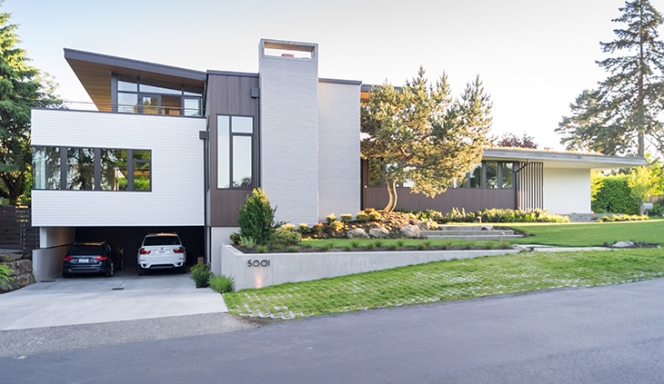
Our clients had purchased an undistinguished, 50-year-old home in a beautiful neighborhood. They loved the carport and the outdoor fireplace, so we saved those features, and the basement foundation walls, and built a new home in its place—with a few reminders of the original mid-century modern design that originally drew them to the property. (There should be a place for sentimentality in home design.)

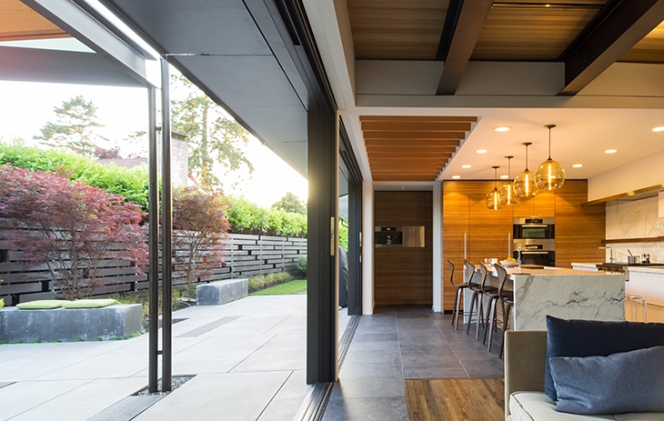
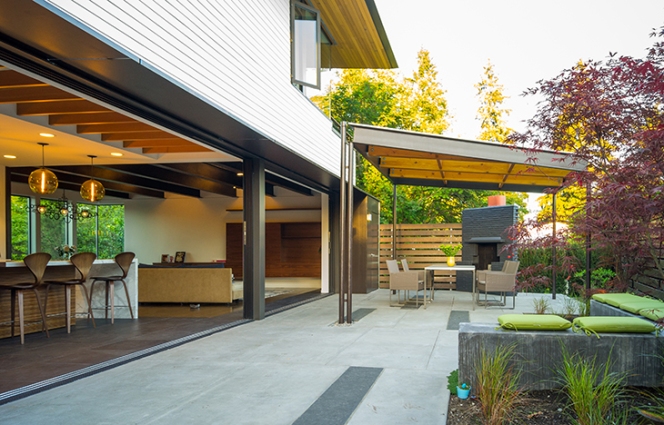
The new design offers a plan with some relationship to the original—a living room for entertaining guests in front by the entry, an open-plan kitchen, family, and dining area, a bedroom wing for children, a basement rec room. Guests will definitely wish to spend their time in that family room, as there is a 28 foot long wall of sliding glass doors which disappear into pockets, allowing that space to flow outdoors. The living room can also be connected to this space, via a sliding “barn” style door. Exposed steel beams over the family area support the master suite and roof deck above. The roof of the master suite tips its hat up to the eastern vista of the summer sunrise.


Each of our designs begins with the idea that the house is to be lived in, and not merely admired. Comfort and practicality should typically take precedence over style. A well built home may fade from fashion but will eventually return to the style forefront.

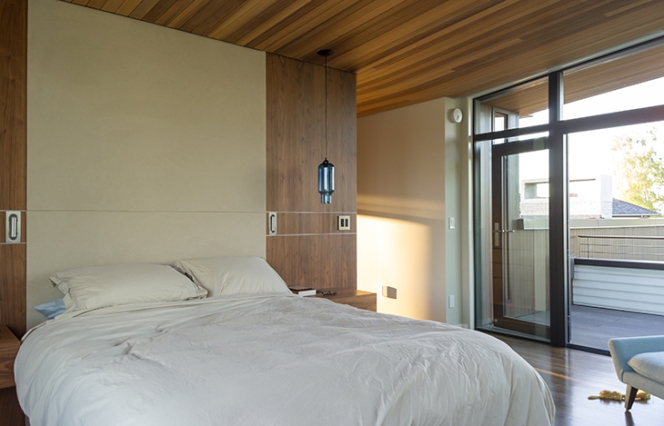
We encourage homeowners to build sustainably, beginning with the idea that they should not build more house than they really need. This home accommodates a family of six, plus work at home space for two adults. By most standards, this is a large home (4,000 square feet), and therefore it is not fair to call it “green”, despite features such as the green roof and extensive use of locally sourced materials.
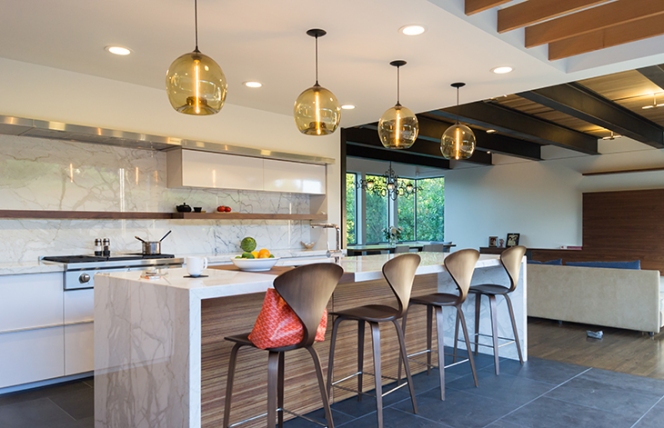
Ultimately, this is a house that is all about the people who live in it, and their desire to have ample space for family, friends, and activities, to have a close relationship to the outdoors, and to easily adapt to changing family needs over many years of occupancy.

Novedge: What software do you use?
Lane Williams: ArchiCAD was developed in Europe specifically for architects, starting out as a 3D program, versus more generic CAD programs that began life as 2D for engineers. It provides us with an accurate 3D view, inside and out, which clients can also navigate on their own computers and tablets. It also generates very realistic renderings, allowing clients to accurately visualize their homes with the materials and colors and lighting clearly illustrated.

Novedge: Do you have any tips for people thinking about building a home?
Lane Williams: Hire the best architect (and not the cheapest), and don’t dictate design solutions if you want to obtain their best work.
Novedge: What advice do you have for young people who would like to work in architecture? What skills, both technical and personal, are in demand?
Lane Williams: Learn to draw! Computers have replaced most of the time architects used to spend at a drawing table, but the ability to sketch ideas with a pencil is still tremendously valuable. Drawing by hand helps us to develop visualization skills, computers take some of that skill away from us.
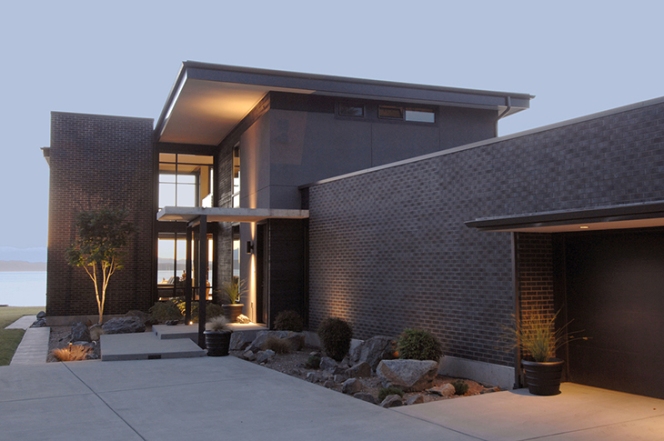
You can see more of Lane's work on Coop 15's website and on Facebook. Coop 15 is also on Twitter.
Also in NOVEDGE Blog
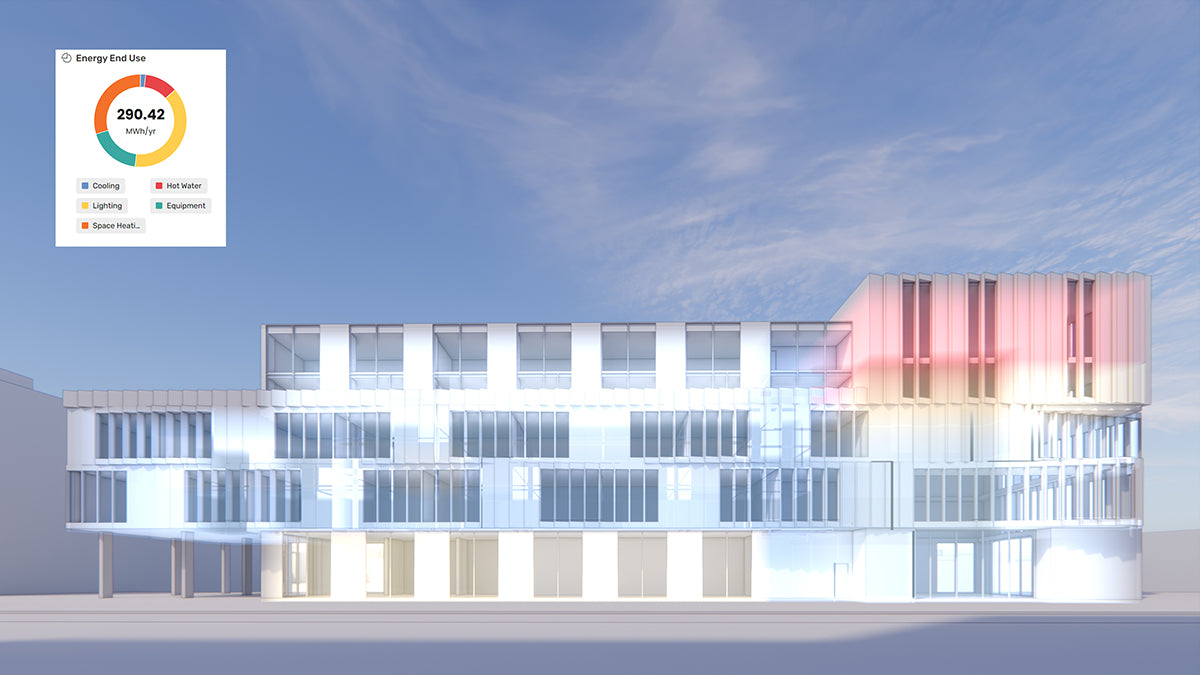
How the AEC Industry Shifted Towards Essential Sustainable Building Design
August 15, 2024 4 min read
Read More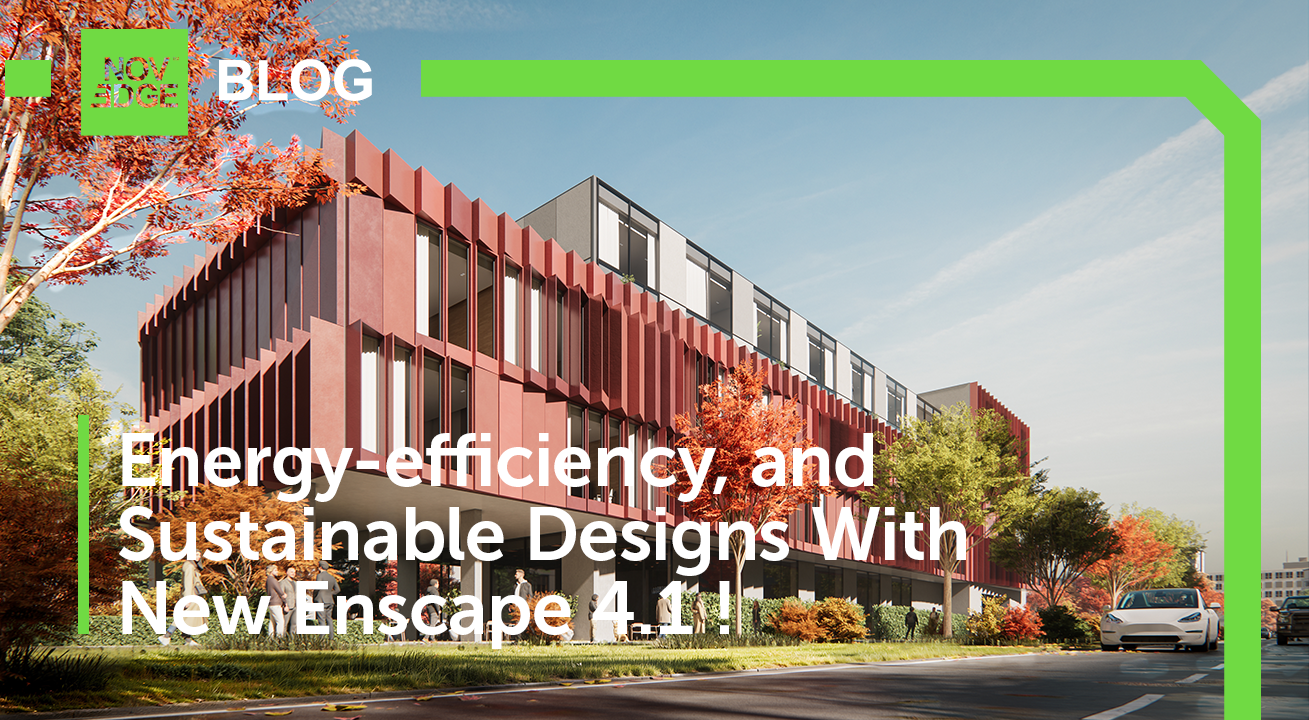
Unlocking New Realms of Design with Enscape 4.1: Introducing Impact Add-on and Lot More
August 02, 2024 2 min read
Read More
Explore Autodesk Revit 2025.2: New Features and Enhancements for Enhanced BIM Workflows
July 30, 2024 3 min read
Read MoreSubscribe
Sign up to get the latest on sales, new releases and more …



